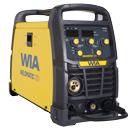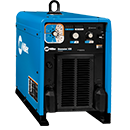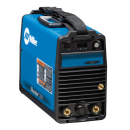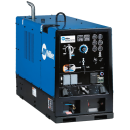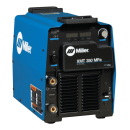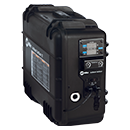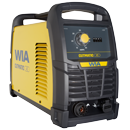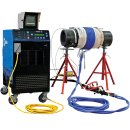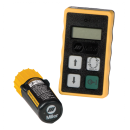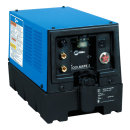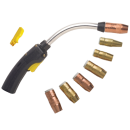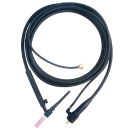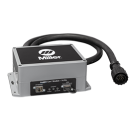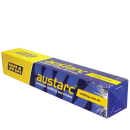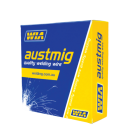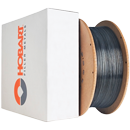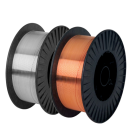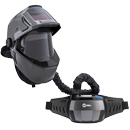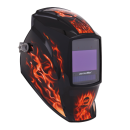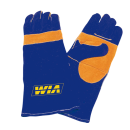MIG Welding Essentials: A beginner’s guide to MIG Welding
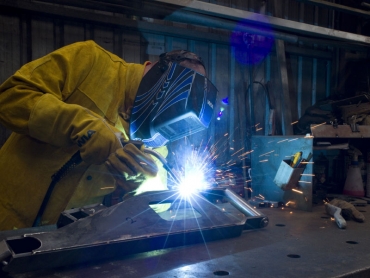
What is MIG welding?
Metal inert gas (MIG) welding, also known as gas metal arc welding (GMAW), is an arc welding process that uses heat and gas to melt filler metal and join two metal pieces together. The heating element in this welding process is an electric arc with energy provided from an arc welder.
The filler metal is a solid electrode wire, also known as a direct current positive electrode (DCEP). The wire is connected to the positive output and continuously fed into the welding pool through a weld gun.
MIG welding contact tips are typically made with a chemically treated copper that transmits electrical energy through a conduit to the electrode filler wire.
Another important feature of a MIG welding gun is the inert gas supply, which attaches to a gas hose for facilitating the flow of gas to the welding area through the welding torch. As part of the welding torch, the gas shroud nozzle and diffuser are responsible for shielding and regulating the flow of gas so it can make even contact with the weld.
There are many advantages to using the MIG welding technique, such as:
-
Versatility on many applications
-
Cost-effective
-
Fewer fumes and safer welding conditions
-
Easier to learn for beginners
-
Produces cleaner, better quality, welds
-
Ideal for thinner materials
-
Suitable for thick welds
-
Quick and efficient process
Setting up a MIG welding machine
To understand how to MIG weld, you will first have to understand some of the key features of a MIG welding machine setup.
A standard MIG welding arrangement will include the following key features and common terminologies used:
-
MIG torch or MIG welding gun
-
Inert gas supply
-
Gas nozzle
-
Wire feeding system or wire feeder
-
Power source
-
Base metal (the metal being joined)
-
Filler metal (the metal being welded)
-
Heat affected zone (HAZ)
-
Weld zone (between the HAZ and the metal)
-
The fusion line or weld junction (where the magic happens!)
Choosing the right MIG welding machine
To setup your welding workspace for MIG welding, you will first need to choose the right MIG welding machine to get the job done.
When it comes to choosing a MIG welding machine, there is a lot of factors to consider because every weld job has its own unique set of requirements. The type of MIG welding machine you use will depend on the type of welding work you are doing.
When choosing the right MIG welding equipment for your welding project, you should consider the following factors:
-
Type of material being welded
-
Material thickness of the base metal and weld metal
-
Available power supply
-
Welding position and size of the weld
-
Site location (indoor/outdoor)
-
Project schedule and budgetary constraints
To learn more about MIG welding, check out MIG Welding Tips
WIA offers a wide variety of MIG welding machines, products, and supplies for streamlining MIG welding processes on a variety of applications across different industries.
MIG welding machines in the WIA range include:
MIG welding machines in the Miller range include:
For a MIG welding machine consultation, or to arrange a live product demonstration, speak with one of our Product Specialists in your area today.
National
Fuhai Liu – 0419 864 812
Mathew Hefferan – 0417 096 188
North Queensland
Chris Fell – 0439 278 960
New South Wales
Rodney Higgins – 0418 877 953
South Queensland
Mathew Hefferan – 0417 096 188
Victoria
Alex Longman - 0412 417 246
Western Australia
John Gwiazda – 0477 070 057






